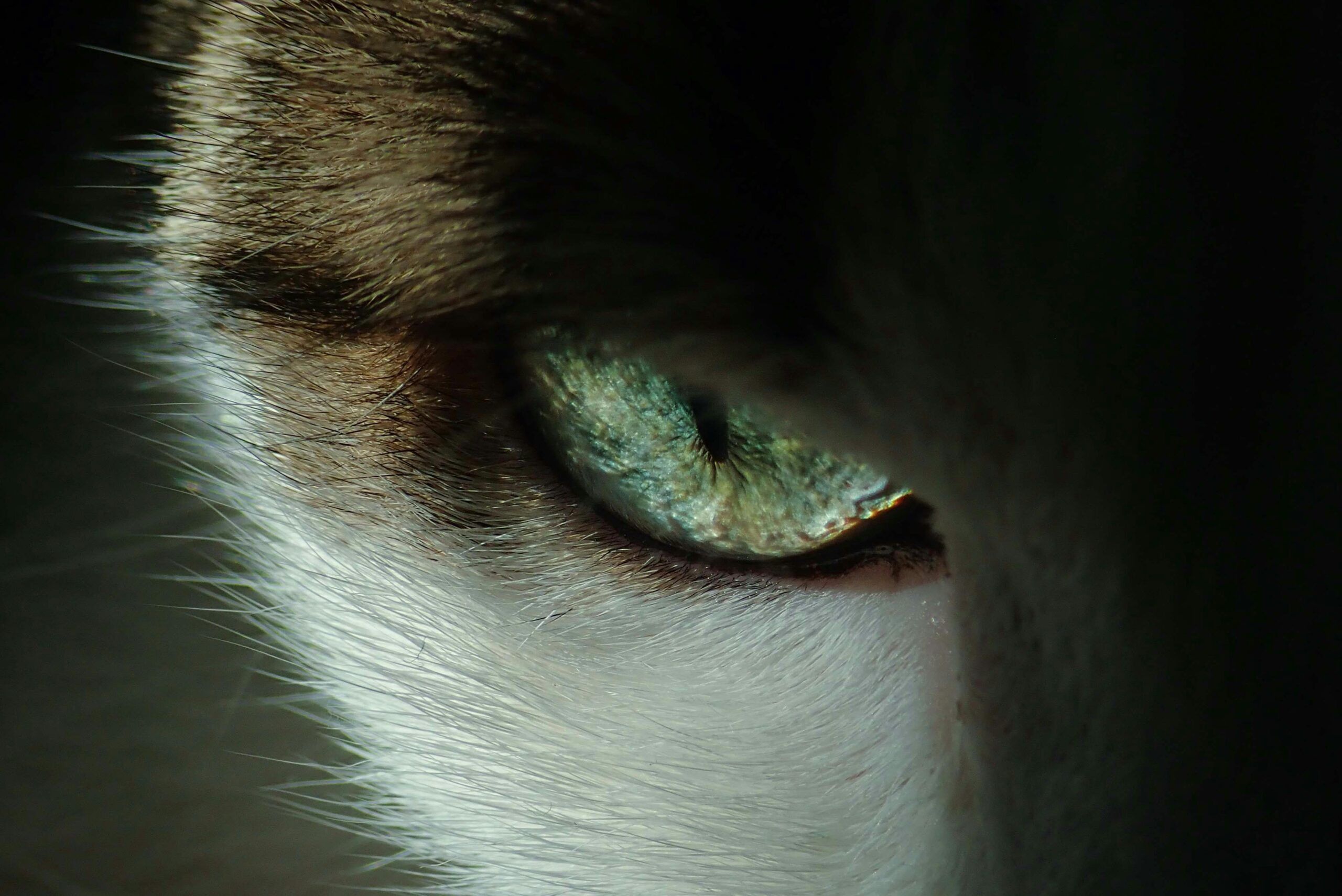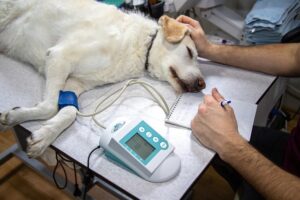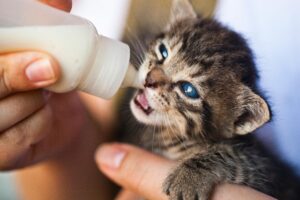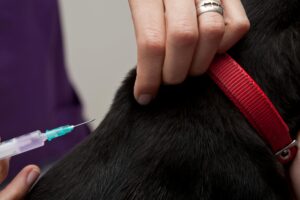Having a pet is a joy and a companion for you, but it leaves its ugly pet hair everywhere in the house. Given that fur is found on our furniture and clothes, many of us have asked the question as to whether pet hair could make humans sick. Being aware of the health problems associated with pet hair can allow you to properly look after yourself and take care of your furry friend.
So What About Pet Hair and Dander?
In most cases, pet hair is not the main villain in health related issues. The problem is the pet dander small flecks of skin, usually microscopic particles from animals with fur or feathers like cats, dogs, rodents, birds, and more. In addition to allergens that we encounter outside, like pollen, pet hair can also harbour indoor stuff like dust mites and mold spores.
Pet Fur and Dander Related Health Problems
1. Allergic Reactions
Pet dander is an allergens that causes symptoms such as sneezing, a runny or stuffy nose, itchy or red eyes and skin rash. Severe cases of exposure to pet hair can lead to asthma attacks or even more severe conditions in people with a pre-existing asthma condition.
That is because the people are actually allergic to innocent proteins that mess with them in the saliva, urine or dandruff of these animals. When inhaled or splashed on the skin, these proteins may initiate an allergic response.
2. Asthma Triggers
Pet hair and dander are a very large trigger for asthma sufferers. When breathed in, these particles can cause the airways to become inflamed, making breathing harder and causing coughing, wheezing and shortness of breath. Pet dander particles are so light that they can float in the air and linger in the environment for quite some time.
3. Skin Irritations
Animal hair and dander can be irritating to the skin or cause allergic dermatitis in people. It presents as itchy, red, inflamed skin that is often uncomfortable and can be very difficult to treat. Irritations are more likely to occur if you have sensitive skin or have an existing skin condition.
4. Respiratory Issues
If you inhale pet hair or dander, it may lodge quickly in sensitive lung tissue and be responsible for worsening asthma symptoms. Symptoms run the gamut from mild irritation such as a sore throat or cough, to severe respiratory distress like difficulty breathing and chest tightness. This can cause long-term respiratory problems in people who are allergic to pets.
How to Minimize Health Risks
Pet hair and dander are not something you can eliminate but this should be done to reduce the health risks:
1. Regular Grooming
This way it will reduce the hair loss and dander from your pet to in your property. Comb your pet’s coat often to prevent free fur from spreading. Schedule professional grooming sessions regularly.
2. Frequent Cleaning
This include frequently vacuuming your home, especially in areas where your pet most commonly physically resides. For your pet hair, additional vacuum with a fine cleaner so that it traps animal dander along with the locks. Make sure you keep your pet’s bedding, toys and any removable covers clean by washing them regularly. Keep pet dander under control by using a damp paper towel to wipe up hard flooring areas or by microfiber mopping.
3. Air Purifiers
Purchase a good air purifier with HEPA filter to remove pet dander and other allergens from the air. Give priority in placing the air purifier in the rooms where you and your pet are normally together. To make the purifier work well, change its filters when due.
4. Pet-Free Zones
Designate pet-free areas in your home to limit animal hairsprays and dander, including bedrooms. This guarantees that you have an irritant cost-free sleeping and living area. Teach your pet to avoid these spaces to protect allergy sufferers.
5. Regular Vet Visits
Having regular vet checks can keep your furry friend’s skin and coat healthy which in turn will ensure they produce minimal dander. Be fast about any skin issues or sensitivities your pet may have A pet that is in good health will not shed as much hair or dander.
6. Bathing Your Pet
Regular baths reduce pet dander. Make use of a mild pet shampoo, allowing healthy skin and coat. It is best to consult your vet to know how often you can bathe a pet of her breed.
7. Diet and Nutrition
How to improve skin and coat condition through nutritionBalanced nutrition can be good for your pet on many levels, including the health of their skin and coat. A healthy coat sheds less. By following this diet, guarantee that your pet receives all the nutrients needed to support a shiny and healthy coat.
Conclusion
The pet hair itself usually isn’t harmful, but the dander and other allergens it carries can cause health problems to some people. Many common problems are associated with pet dander, such as allergic reactions, asthma triggers, skin problems, and respiratory issues. However, regular grooming and cleaning practices, using air purifiers and keeping areas off-limits to cats can help reduce the health risks associated with having your furry friend at home.




